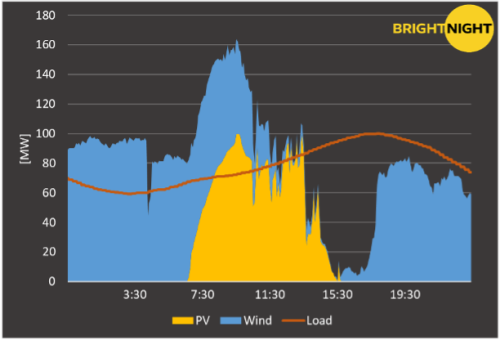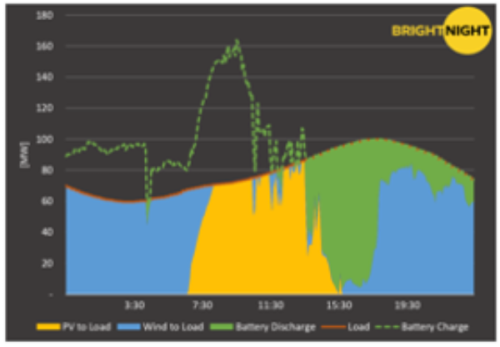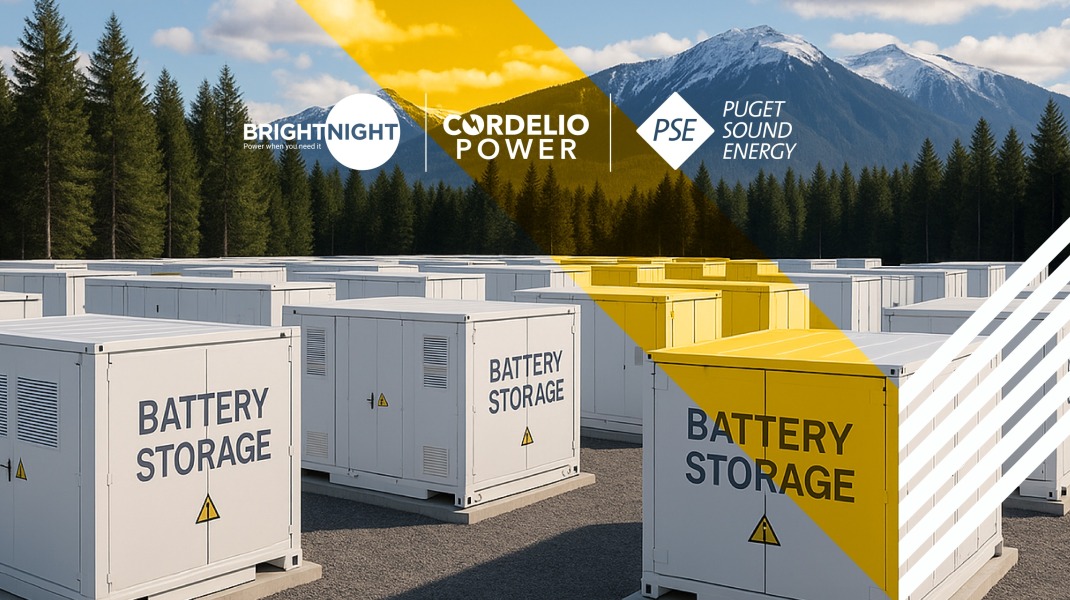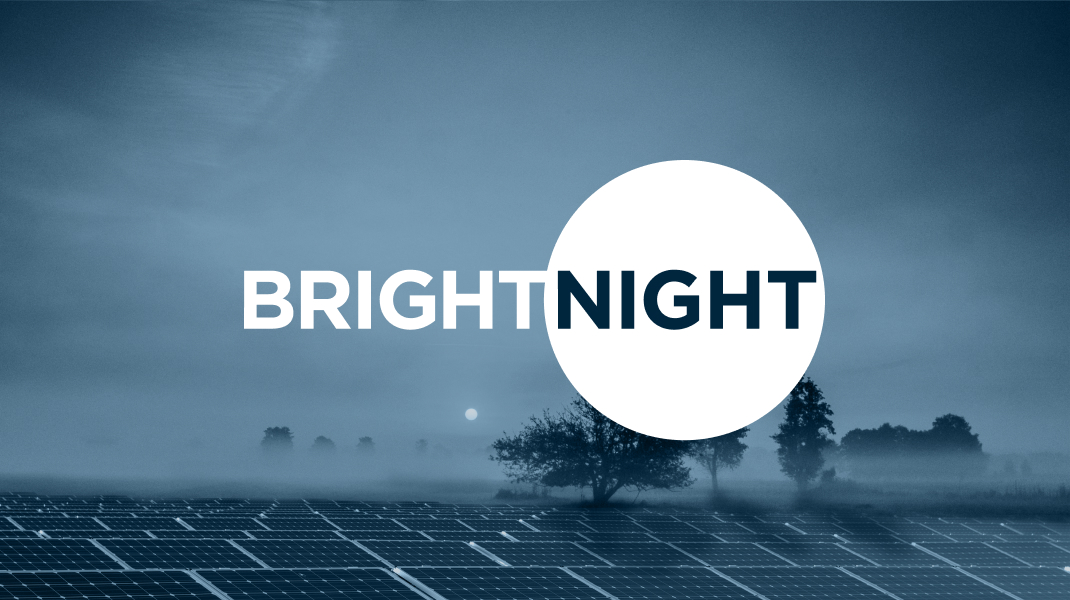A History of Success: How Utilities Will Continue to Succeed Through the Energy Market Transformation
The focus of today’s utility is one of recognizing and managing challenges and risk. As our industry rapidly transforms, one question is appearing with increasing regularity: “Will the utility industry be able to adapt?” The merit of the question is sound; utilities are facing unprecedented change on all fronts, starting with the global push to decarbonize and encompassing its impact on grid reliability. Add to this foundational change the impact of climate on operations, increasingly demanding customer expectations, the involvement of a large number of policy stakeholders in the regulatory processes, all in the face of arguably the largest transformation in the last 100 years: decarbonization. But if the bevy of solutions providers fail to recognize the utility industry’s long history of innovation and ability to overcome challenge, they will miss the opportunity to leverage the industry’s strengths and form the partnerships needed for future success.
A History of Overcoming Challenges
Over the last 50 years, the combination of innovation, climate advocacy, and economic drivers has led to the massive amounts of renewable energy installed across the U.S. electric grid. The intermittent supply installed today has blazed the trail and hastened the industry to buildout renewable regulatory mechanisms, utility adoption strategies, and safety guidelines. But today’s market transformation has been spurred by the collision of two major forces: the grid’s nearing threshold for intermittent supply and the global mandate to decarbonize. The transformation is rife with challenge; the amount of replacement generation needed over the next 5-30 years is a staggering. Demand is increasingly volatile on account of our changing climate and broad electrification. And regulators and customers are scrutinizing service more than ever before. But anyone naturally posing the question, “will utilities be able to adapt” need only look to the past for example after example of utility adaptation and success.
At the outset of the utility industry, power providers relied on direct current (DC) distribution due to distribution and reserve efficiencies at substations. But the industry was quickly hampered by the high cost of DC transmission infrastructure and sought the widespread adoption of alternating current (AC) distribution. Over the following 50 years, AC system adoption occurred steadily and ushered the next era of grid operation; one that was more operationally cost effective and efficient to customers and product manufacturers. Later utilities would tackle rural electric supply, sweeping regulation, and eventually adjusting their one-way grid network to accommodate two-way control needed by demand response. Whether its these accomplishments or the very fact that our grid can accommodate the integration of so many different power types, is all the evidentiary support one needs to dispel the question of whether or not the utility will be able to adapt to today’s market challenges.
The Challenge of Intermittency
As our industry undergoes this massive transformation, utilities continue working to meet the demand for safe, reliable electricity. To understand the breadth of this challenge, one only needs to study the challenges presented by intermittent renewables. The graph below depicts the challenging reality of intermittent renewable supply. Even during times of relatively stable demand, intermittent renewables cannot fulfill the needs met by traditional baseload generation.

While utilities can adopt new load management practices and generation types, they must be able to continue operating confidently via the harmony of baseload generation and peaking units to meet fluctuating demand. Renewables can fill the need of both roles, but the solution provider must engineer a design that harnesses the proven success of the utility. The renewable supply cannot be intermittent, innovative co-location must be examined for cost and transmission efficiency, and dispatchability must rival that of the traditional generation types utilities have relied upon for over 100 years. Below is a graph illustrating how hybrid renewable power systems can overcome intermittency and mimic the reliability and dispatchability of traditional generation.
To use renewable generation to meet the capacity and grid reliability needs of the utility, the standard, “as-available” renewable resource will not be sufficient. This is especially true in regions where the grid has already accepted significant amounts of intermittent renewable supply. I believe it is incumbent on the solutions provider to establish a partnership with the utility, working to identify every possible efficiency and incorporate utility data never before considered in design plans. This partnership will focus on optimizing new renewable resource solutions to ensure utilities can continue their commitment to safety and reliability, and keep transformation costs manageable for their customers.

Today, it is the utility’s long operating history that will take a partnership with the right solutions provider from good to great. The operating data of a utility, the knowledge of its operating territory, and its plans for the future are the keys to unlocking a successful decarbonized future. The combination of technology innovation and new data science applications, will yield the solutions utilities need to champion the next era of power generation. Every day, utilities are asked to innovate, lead, and operate responsibly. And the reality is, the challenges of today, are no match compared with what the industry has already accomplished. This critical industry of dedicated stewards has risen and overcome every challenge presented for more than a century, and the challenge of decarbonization will be no different.
BrightNight is the first renewable integrated power company designed to provide utility and commercial and industrial customers with clean, dispatchable renewable power solutions. BrightNight works with customers across the U.S. and Asia Pacific to design, develop, and operate safe, reliable, large-scale, hybrid renewable power projects optimized to better manage the intermittent nature of renewable energy. Its deep customer engagement process, team of proven power experts, and industry-leading prices empower customers to overcome challenging energy sustainability standards, rapidly changing grid dynamics, and the transition away from fossil fuel generation.
-
Contact

